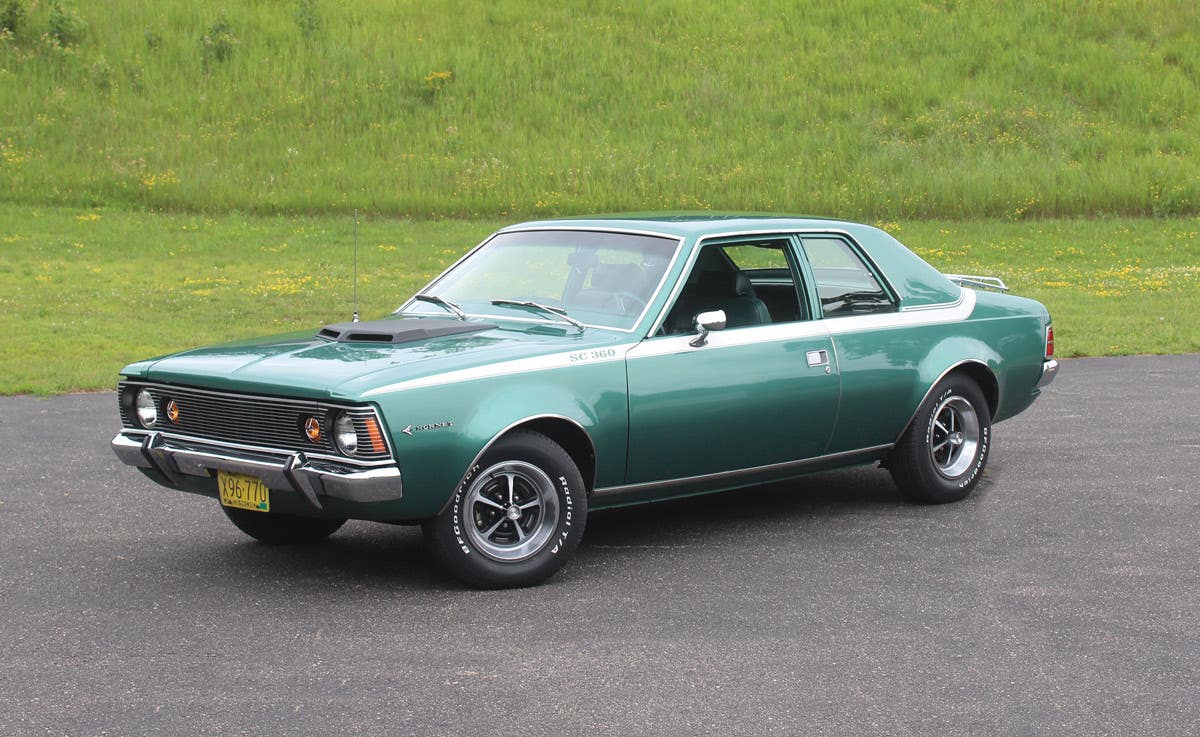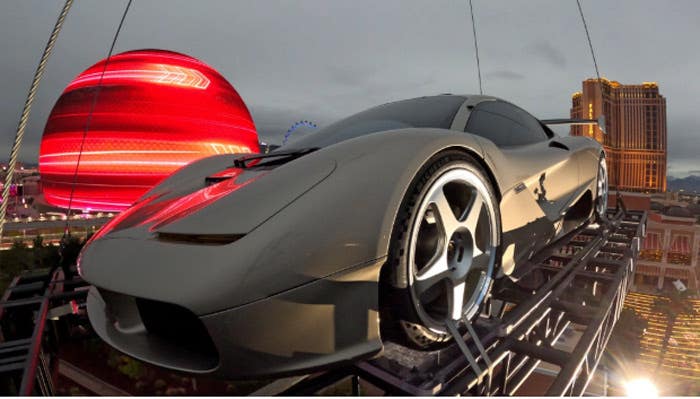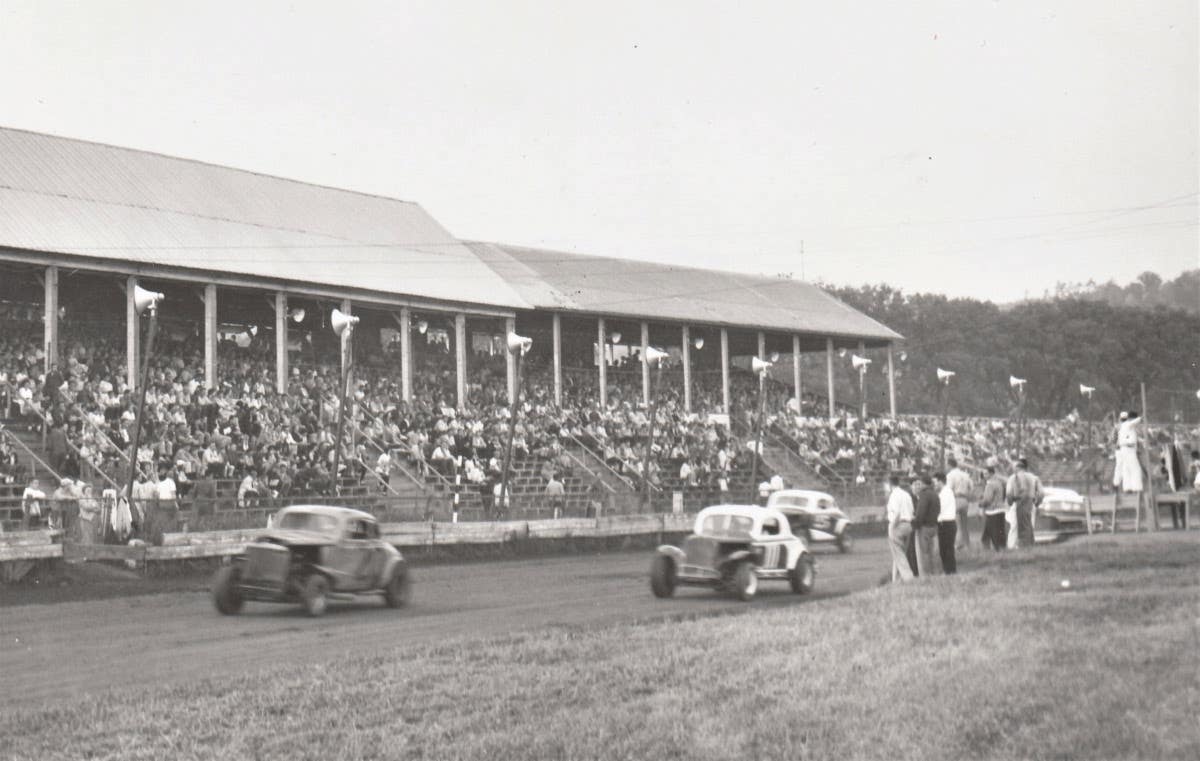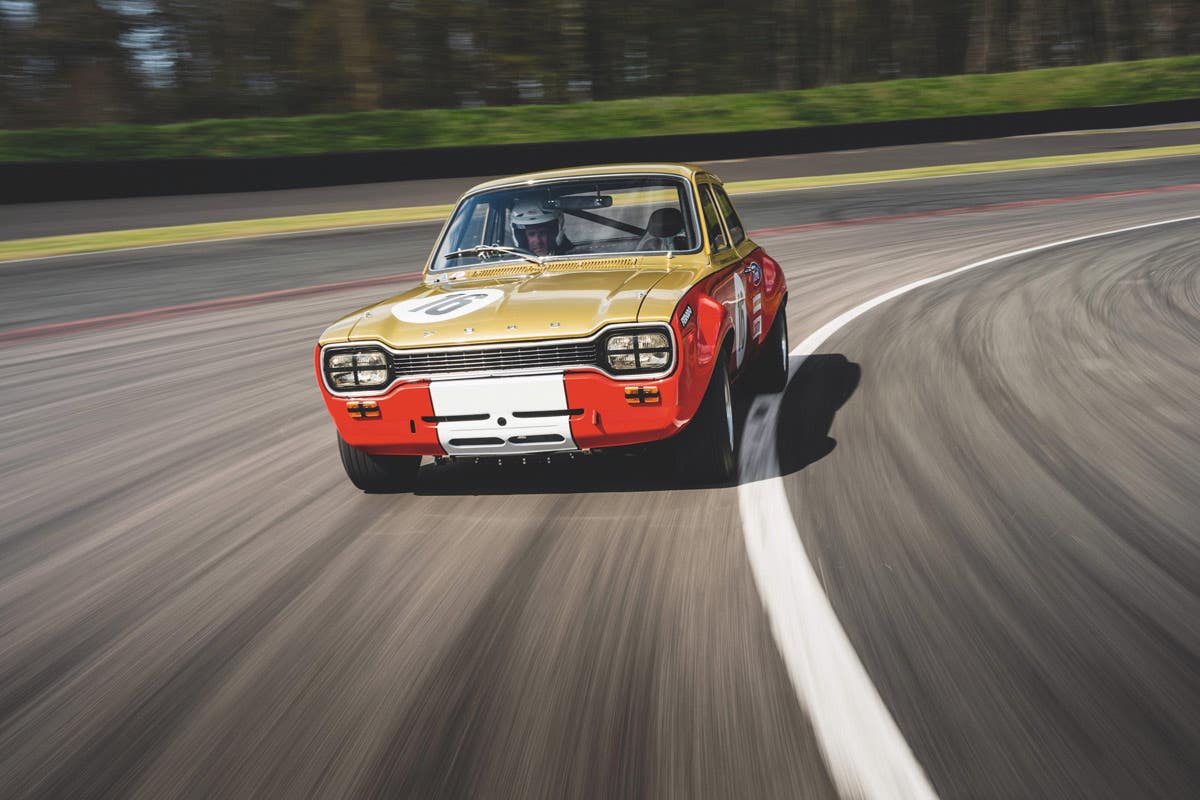COOL MUSEUM SITE FOR HOT ROD FANS
Hot rodding started a bit earlier than many histories say. In the 25th Anniversary issue of Hot Rod Magazine (Jan. 1973), senior editor Steve Kelly suggested that the name of…
Hot rodding started a bit earlier than many histories say. In the 25th Anniversary issue of Hot Rod Magazine (Jan. 1973), senior editor Steve Kelly suggested that the name of the sport was a contraction of “hot roadster,” which he discovered was used first in the late ‘20s. Ed Winfield — who made racing carburetors and camshafts starting in the teens — was singled out as “the Father of Hot Rodding,” but many others contributed to this growing need for speed. By the 1930s, there was hot rodding activity all along the West Coast of the United States, from Los Angeles to Seattle. The cars that factored into the start of the sport included modified stockers, midget racing cars and circle track cars. Most of the racing cars then were open cars and — Hot Rod Lincolns aside — most early hot rods were four-cylinder Fords. Meets held at Southern California's dry lakes— north of Los Angeles — became a hot bed of speed activity. At first, the races included as many cars as showed up or at least as many as could fit on the lake at one time. The cars were timed with handheld stopwatches and the dust flew around so badly it was hard for drivers to see. There were no rules and plenty of ugly accidents and rodders earned themselves an “outlaw” image. Ultimately, a range of different racing classes was worked out to accommodate various types of cars and engine sizes. If you want to learn a lot more about the history of hot rodding visit the Website of the NHRA Wally Parks Motorsports Museum at www.museum.nhra.com








